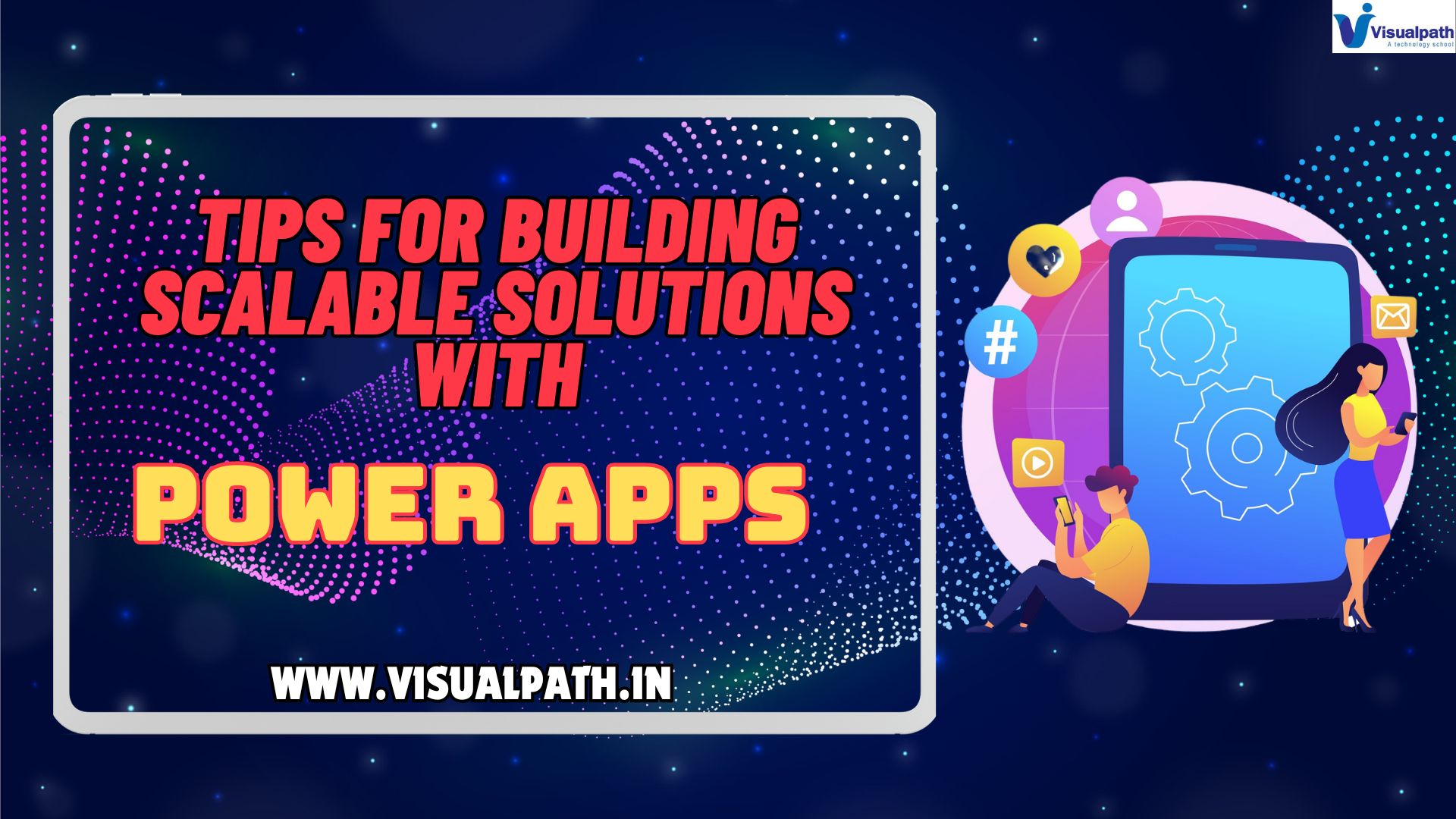Introduction
Microsoft Power Apps Online Training, As businesses increasingly adopt low-code platforms to streamline operations, scalability becomes a crucial factor in app development. Microsoft Power Apps provides an excellent framework for building custom solutions quickly, but designing these apps to scale requires thoughtful planning and best practices. Whether you’re managing small internal apps or building enterprise-level solutions, understanding how to design with scalability in mind can enhance performance, reduce costs, and accommodate future growth. Power Apps Training
Here are some practical tips for building scalable solutions with Power Apps
1. Start with a Clear Plan
- Before diving into development, outline the goals, features, and scope of your Power Apps solution.
- Knowing how many users will interact with the app, the data sources involved, and future expansion plans ensures you design for scalability from the outset.
- Defining user roles, workflows, and integration needs will help avoid performance bottlenecks as your app grows.
2. Use Efficient Data Sources
- One of the most important factors in building scalable solutions is selecting the right data source.
- For simple apps, SharePoint lists or Excel files may suffice, but as your needs grow, consider more robust databases such as SQL Server, Data verse, or Azure SQL.
- These platforms are optimized for handling large volumes of data and provide better performance when scaling your app.
3. Optimize Performance with Delegation
- Power Apps supports delegation, allowing the app to push data queries to the server instead of processing them locally. Microsoft Power Automate Training Course
- To maintain performance with large datasets, ensure that your data operations are delegated whenever possible.
- Avoid non-delegable functions that force Power Apps to load more data than necessary, which can slow down your app as the user base grows.
4. Implement Security Best Practices
- As your app scales, data security becomes a primary concern.
- Utilize Azure Active Directory (AAD) for user authentication and role-based access control (RBAC) to ensure that users only access relevant data.
- Additionally, ensure that data connections are secured using encryption protocols like HTTPS and restrict access to sensitive data through proper governance measures.
5. Regularly Monitor and Update
- Scalable apps need to be regularly monitored for performance and usage. Power Automate Online Training
- Power Apps provides built-in analytics tools to track app performance, usage patterns, and potential bottlenecks.
- Use this data to make informed decisions about future updates or optimizations to ensure the app continues to function well as the user base or data load increases.
Conclusion
Building scalable solutions with Power Apps requires strategic planning, choosing efficient data sources, and maintaining best practices in performance and security. By following these tips, you can develop solutions that grow alongside your business needs without sacrificing performance or usability. Scalability isn’t just about handling more data; it’s about ensuring your apps are robust, secure, and ready for future expansion.
Visualpath is the Leading and Best Institute for learning in Hyderabad. We provide Power Apps Training .You will get the best course at an affordable cost.
Attend Free Demo
Call on – +91-9989971070
What’s app: https://www.whatsapp.com/catalog/919989971070/
Visit: https://visualpath.in/microsoft-powerapps-training.html




